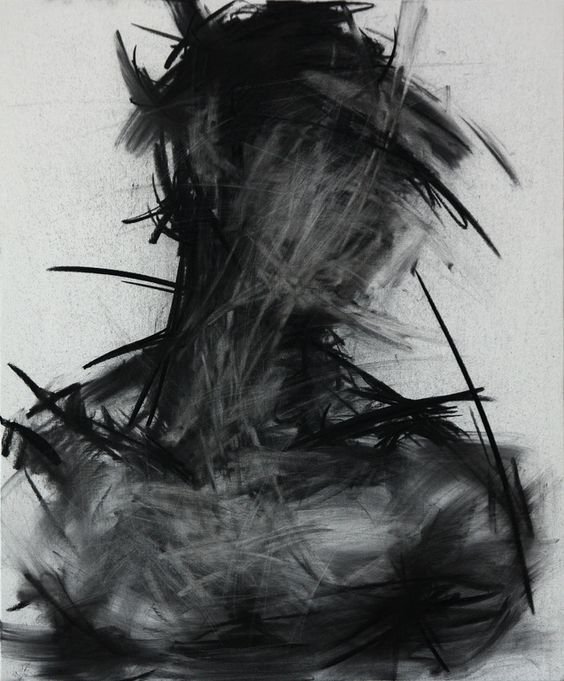Domestic violence plays a significant impact on the person’s mental health. Being a professional in dance/movement therapy and mental health, the way Ms. Disha Sampat see domestic violence is in the lens of trauma. American Psychological Association defines trauma as “an emotional response to a terrible event like an accident, rape or natural disaster.” However, the way she perceives trauma, is the dominance of an individual’s efforts to maintain control and power on to the other individual, and where the victim feels powerless and helpless. The victim has crossed all boundaries of emotional and physical experience and thus is unable to be in touch with the self.
“I was heartbroken, scared, I had a lot of anxiety, I was worried and I felt weak. My body felt trapped, incomplete and lost. I lived in constant fear each day and I had no idea how I was ever going to come up with the strength. But I just closed my eyes and took a blind leap. I knew I had to get out of there”.
October is considered as the Domestic Awareness Month; however, the lockdown had heightened its urgent relevance. In the difficult times of national lockdown due to Covid-19, where most individuals feared the pandemic and the salary cuts, economy and job losses, there were some individuals who lived with yet another fear—the fear of being abused during lockdown in an unsafe environment at homes. It was assumed, homes would be a safe space for all individuals. But were the victims of domestic violence really safe? Though, the lockdown has released a little, instances of domestic abuse are rampant. Due to the national lockdown, the incidence of domestic violence cases had increased drastically and still continues to rise.
In a dance/movement psychotherapy session, ‘movement’ is used as a tool for individuals to express themselves; body plays a vital role in this form of psychotherapy. Mind and body are interconnected in ways that the body has the power to heal the mind, feel the emotions in the body and vice versa. For instance, anger as an emotion, may be felt in the body differently for each individual. Few of the bodily reactions an individual may have but are not limited to, are, an increase in heart-rate, high blood pressure, sweating or muscle tension flowing in the entire body. In a dance/movement psychotherapy session, emotions are processed and are experienced in the body and through the body. The body remembers memories and events, as the body has a memory of its own. Body memory may be described as re-experiencing an event or experience on a physical level. When movement is used as a psychotherapeutic approach, it can access the inner worlds of an individual. Thus, a traumatic event such as violence or abuse is unconsciously stored and trapped in the body. The body memory, eventually causes the victim to feel unsafe and stuck in their own bodies. The internal rhythms of the body like heart-rate, breath, digestion, blood pressure, and sleep cycle are dysregulated. The nervous system of the body changes drastically. The traumatic experience leaves a hidden scar behind and changes the overall relationship with the self and the body.
In a dance/movement psychotherapy session, the body acts as a vessel of containment and aids the individual to process, explore and heal on a body level. It rebuilds the relationship with self, body as well as others in the community. While engaging in a dance/movement psychotherapy session, a person suffered/suffering from a traumatic event such as abuse may feel a sense of hope, self-compassion and positive feelings restored in the self through the body. Few of the dance/movement psychotherapy interventions that maybe used while working with trauma survivors are rhythm to regulate the internal rhythms of the body, props such as sphere ball or scarf to create images or imagery for greater emotional expression, breath-work to regulate the nervous system, expansion and contraction of body movements to explore the movement repertoire, and many other body-based interventions.
Through movement, new neural pathways in the brain are generated, that thus aids the individual to self-regulate. There is an internal discomfort that pertains within the body of the trauma survivor, thus when healed and contained in a safe space, the recovery may feel like emerging out of the water and to be able to finally able to breathe on an emotional as well as on a body level.While working with a trauma survivor client, during a therapy session once, the client said, “I feel free”. Thus, if one truly connects and surrenders to the body, it will unwind a lot of emotional experiences. When words and verbal language is not enough, movement communicates and body becomes the voice for the individual to express.
-Disha Sampat (MS in Dance/Movement Psychotherapy)
About Ms. Disha Sampat
Disha Sampat has completed her Master’s of Science in Dance/Movement Therapy from Pratt Institute in 2019. She is a Registered Dance/Movement Therapist (R-DMT) accredited by the American Dance Therapy Association and professional member with the Indian Association of Dance/Movement Therapy. During her stay in the USA, she has worked in clinical settings such as hospitals and day care centres with adults, older adults and children.
In Mumbai, Disha has conducted dance/movement therapy sessions in the corporates, schools and collaborated with various mental health organisations to advocate for dance/movement therapy. She is currently working with Never Grow Up for the wellbeing program, conducting one-to-one sessions, webinars, workshops and working closely with individuals who may have faced trauma. Her goal as a mental health professional is to break the mental health stigma that exists in society and support people to talk about their mental health.




1 thought on “The Trauma Trapped in the Body: A Dance/Movement Therapy Lens”
I have attended Disha’s dance therapy sessions and to be honest have benefited from those sessions. To certain extent I was able to get out of all mental pressure/tensions and was able to relax my mind during my working hours. I would definitely recommend everyone to attend all the sessions.
Regards,
Rishikesh